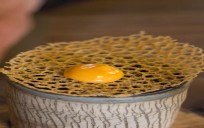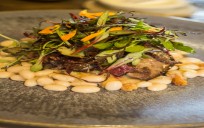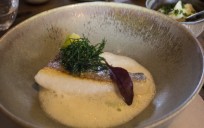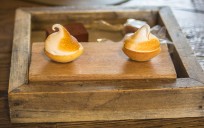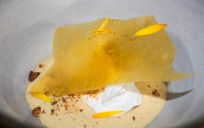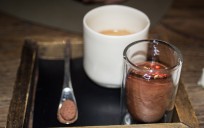
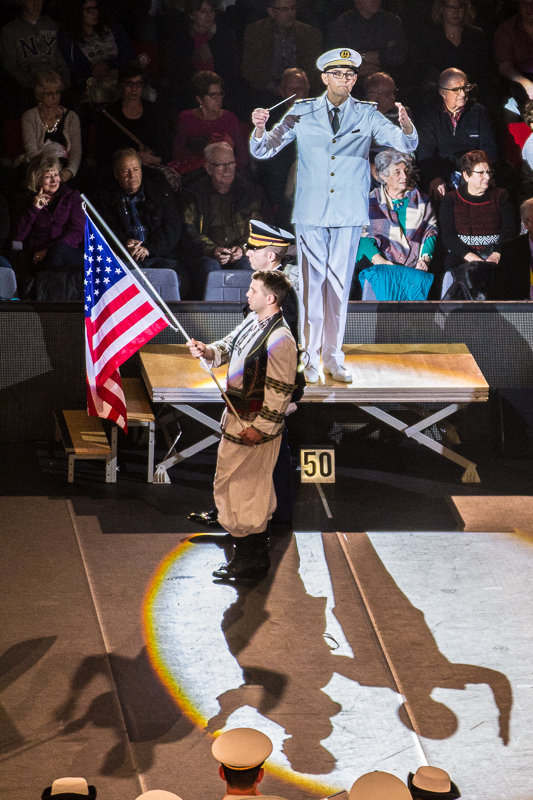
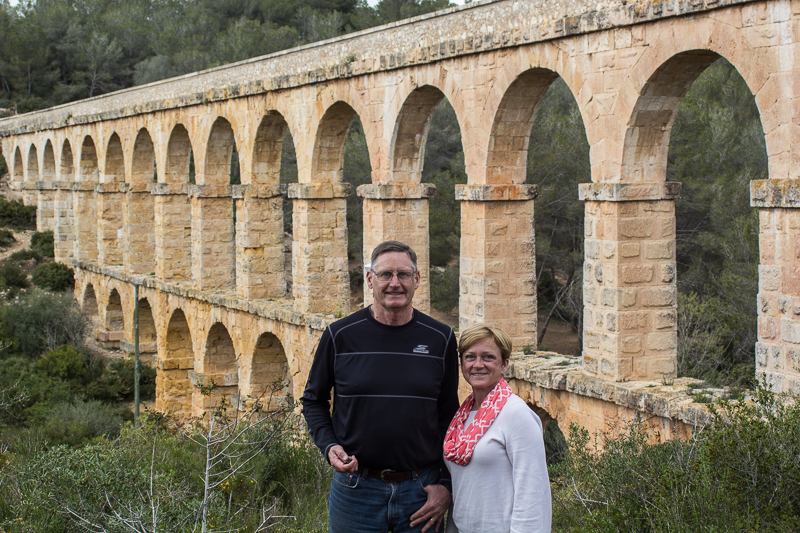
April 20, 2018
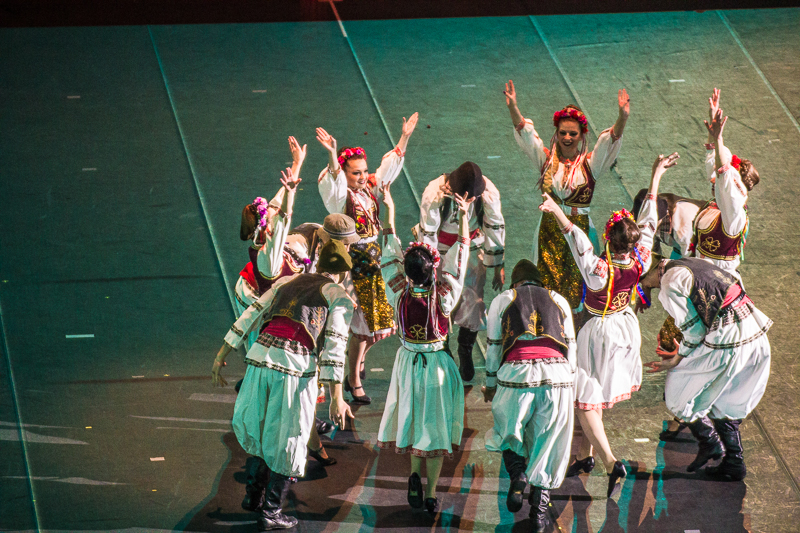
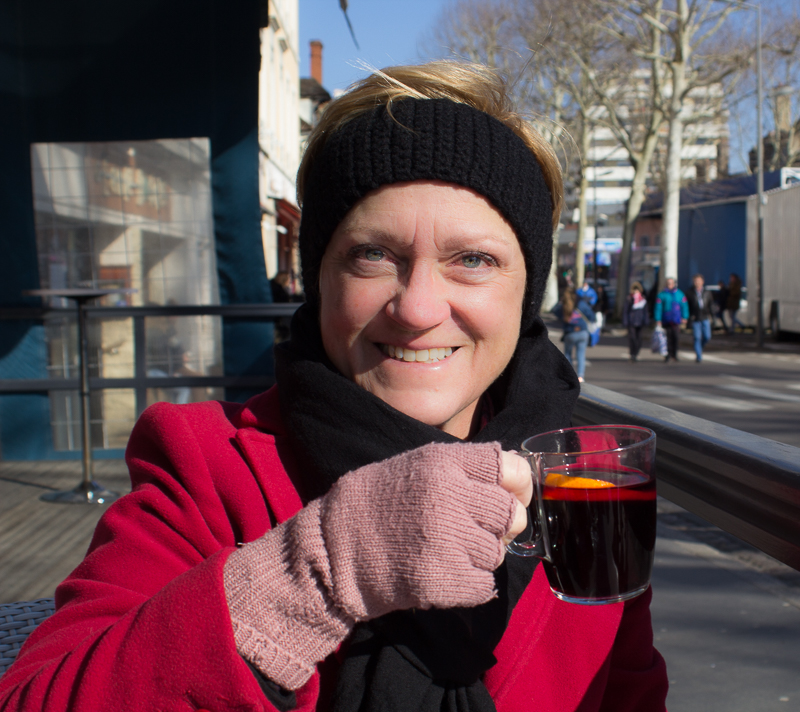
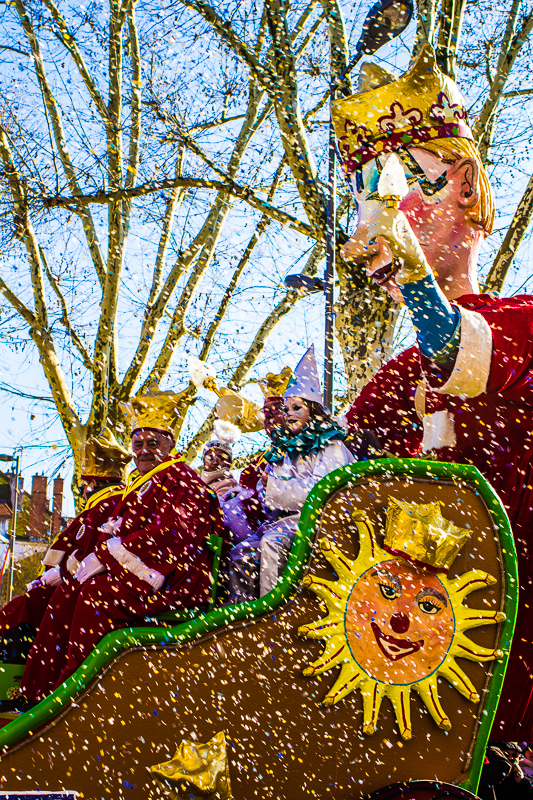
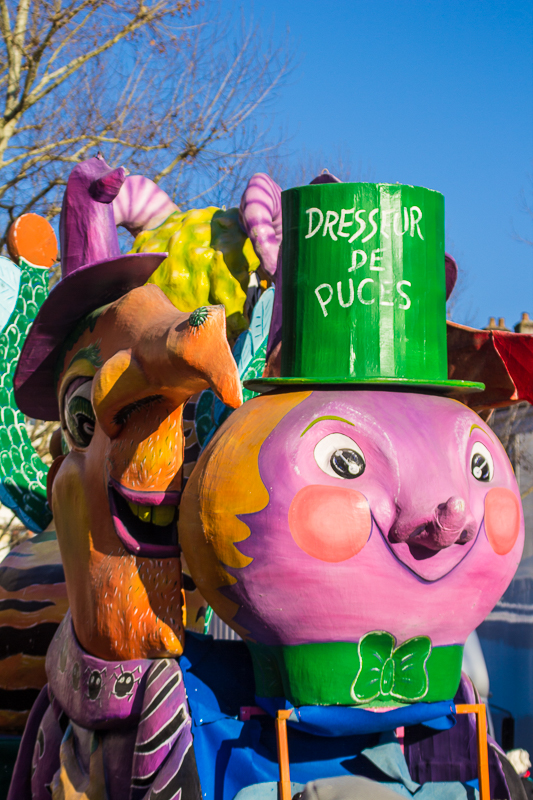

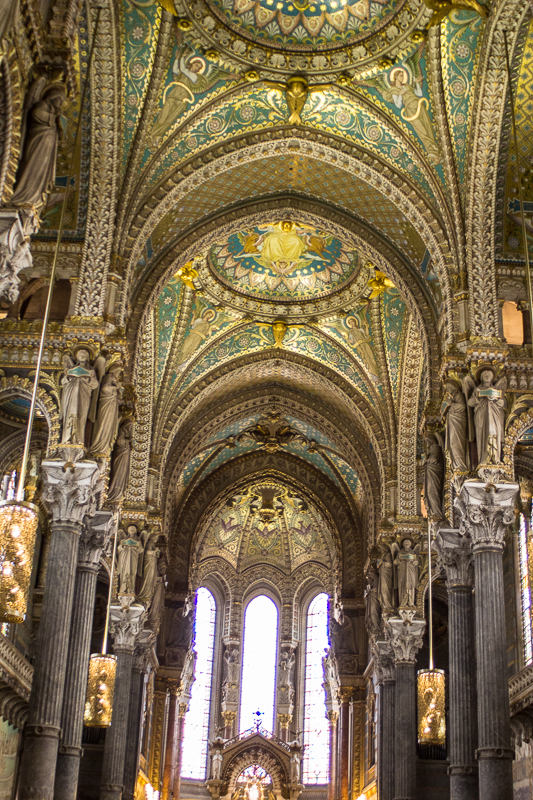
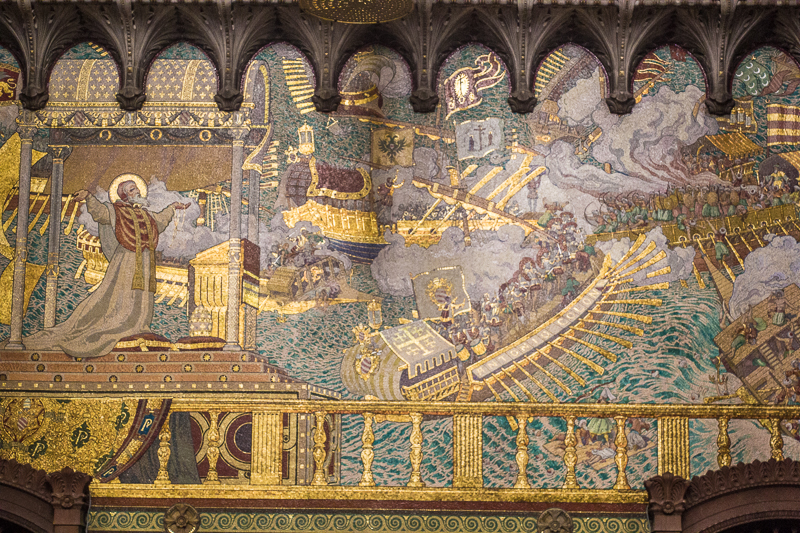
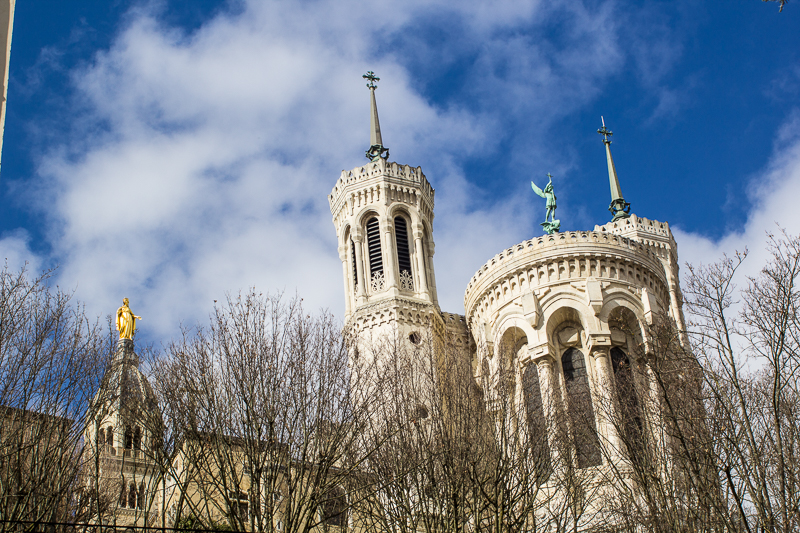
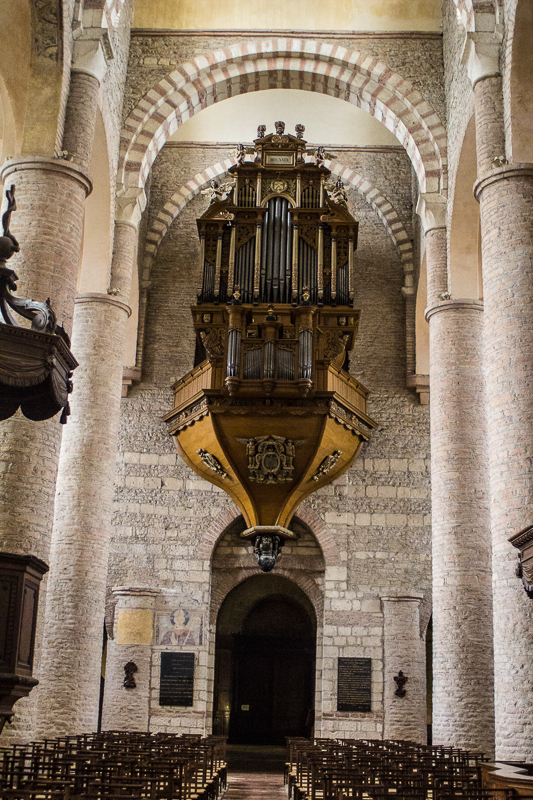
The past months in Europe have been stimulating: experiencing new cultures, historic sights, languages & food. We spent three months in Burgundy (SW France) and then it was on to a new house sitting gig in Brittany, western France.
While in Burgundy we witnessed some spectacular sights including a Mardi gras indoor big band show. There were many international marching bands including the French Navy, Belgium and a Lithuanian bands, a Mexican folklorico performance and several others. The United States was represented by the European Army Band which performed a Michael Jackson tribute. It was quite a five hour spectacle!
The following day there was a Mardi gras parade which featured the marching bands plus marionettes, giant paper figures. It’s a French tradition to have parade marionettes but a little weird for us two Yanks. The parade featured something refered to as medieval happy joys, "gôniots". We didn't get that either, but the hot spiced wine we understood.
While in Burgundy we witnessed some spectacular sights including a Mardi gras indoor big band show. There were many international marching bands including the French Navy, Belgium and a Lithuanian bands, a Mexican folklorico performance and several others. The United States was represented by the European Army Band which performed a Michael Jackson tribute. It was quite a five hour spectacle!
The following day there was a Mardi gras parade which featured the marching bands plus marionettes, giant paper figures. It’s a French tradition to have parade marionettes but a little weird for us two Yanks. The parade featured something refered to as medieval happy joys, "gôniots". We didn't get that either, but the hot spiced wine we understood.
Friendly Brits in a house along the road tuned us onto a hack. If you go to a Michelin starred restaurant at lunch and ask for the market menu you can get a 5 course meal for $35. So off we went to Tournus (Tour-nu). Fantastique !! The flavors were so subtle and the presentation so appeasing… Ooh-La-La!! There was even a Cathedral (imagine!) with audio guide that was very interesting.
Our Burgundy highlight was touring Lyon (LEE-own), France, a world classic. Anthony Bourdain, famous chef and travel show host, lists ten reasons why Lyon is better than Paris. After several days in Lyon Bourdain is arguably correct. Among the highlights were a Roman amphitheater that originally could seat 20,000. You could spend days appreciating the Lyon Notre Dame cathedral with its complicated stained glass windows and ceramic tile dipictions that explained Christian parables and history. When we were there it was a clear day and we had a panoramic view of the snow covered Alps, including Mt. Blanc. Excluding many other fantastic features of Lyon, it’s the food that makes Lyon magnificent. Lyon is famous in France (and the world) for its Bouchons, intimate restaurants where the owners are directly interacting with the guests featuring gourmet meals. Bouchon is derivative from a 16th century French word for twisted straw (a primitive horse brush used by inns). The food? Magnifique !!! It was heavy, fatty and certainly, “To die for.” Note: if you ate in a Bouchon every day you would quickly get your wish, “To die for.” But, you only live once and we didn’t travel to France to ‘lay up’.
Cathedral In Tournus
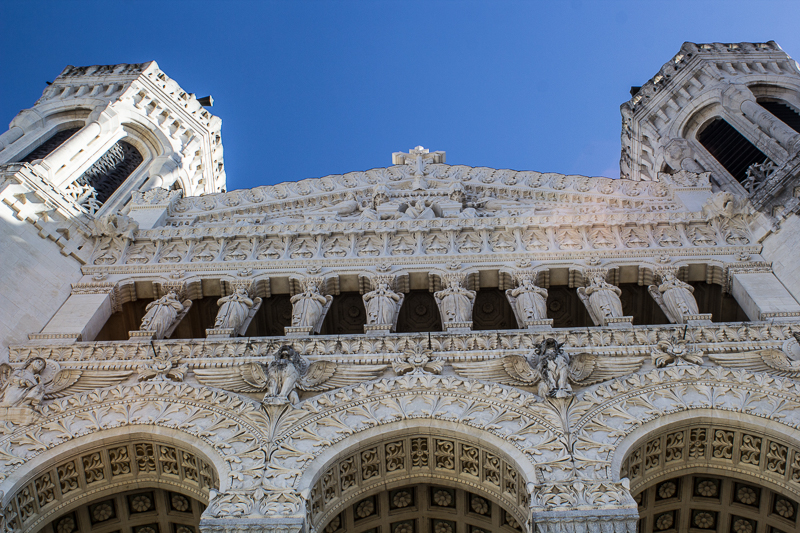
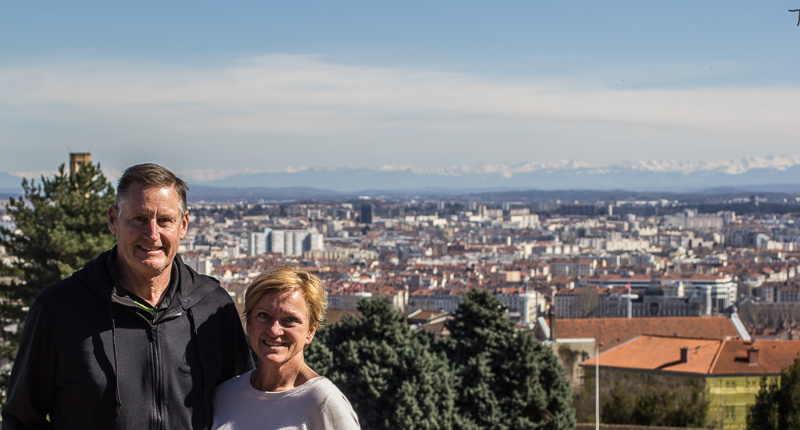
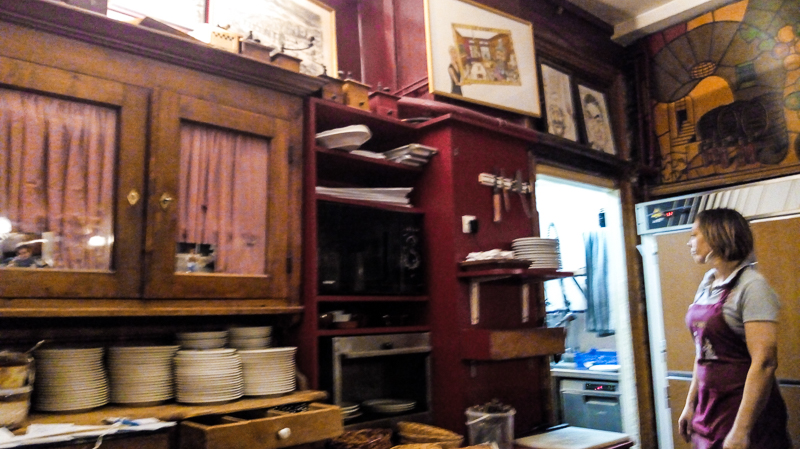
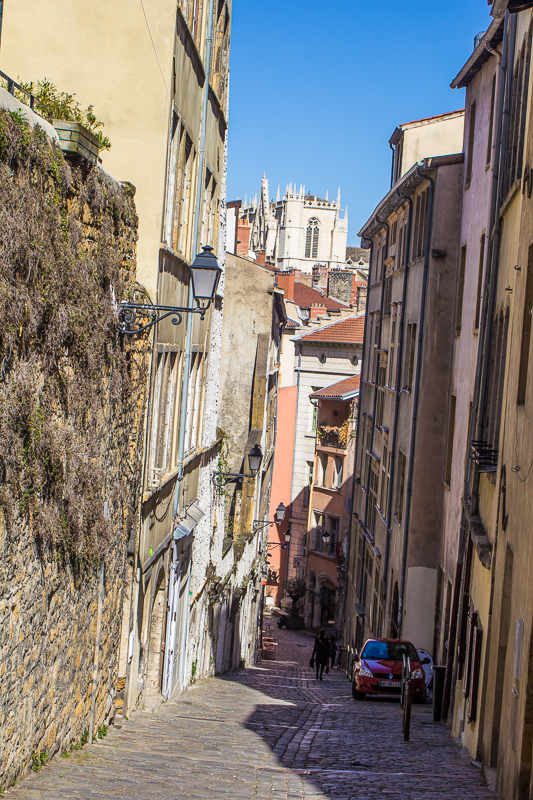
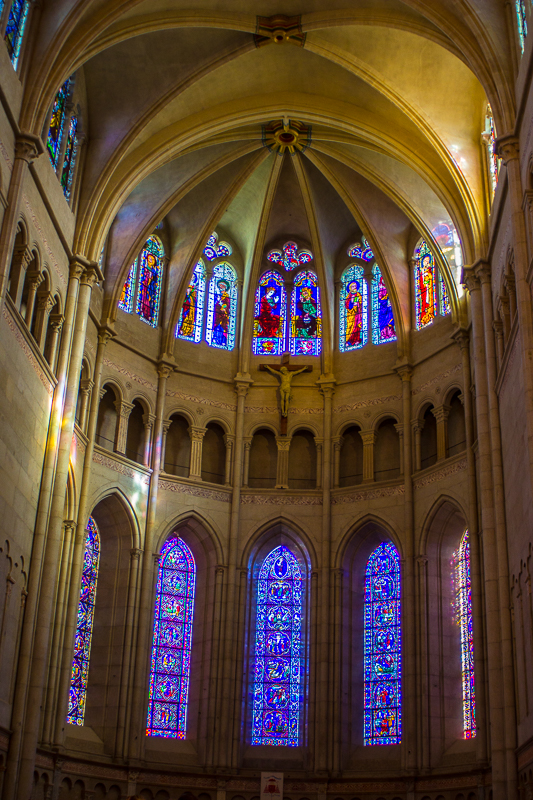
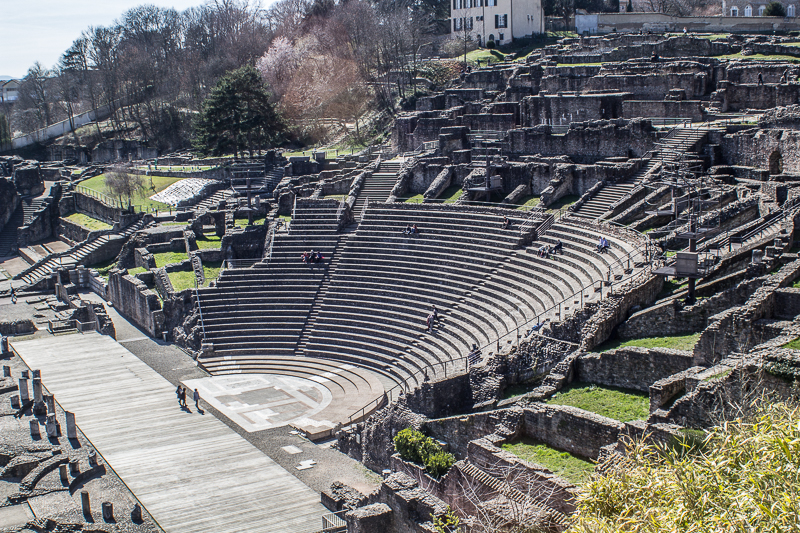
With Lyon in our rear view mirror we headed to Normandy and Brittany. So what do you do in France when you have a 5 hour drive on the motorway? Well you search for a castle with a starred restaurant to stop for a full course lunch of course. Ohhhhh the food in France!
Lyon
Lyon
Lyon
Lyon
Lyon
Lyon
Lyon
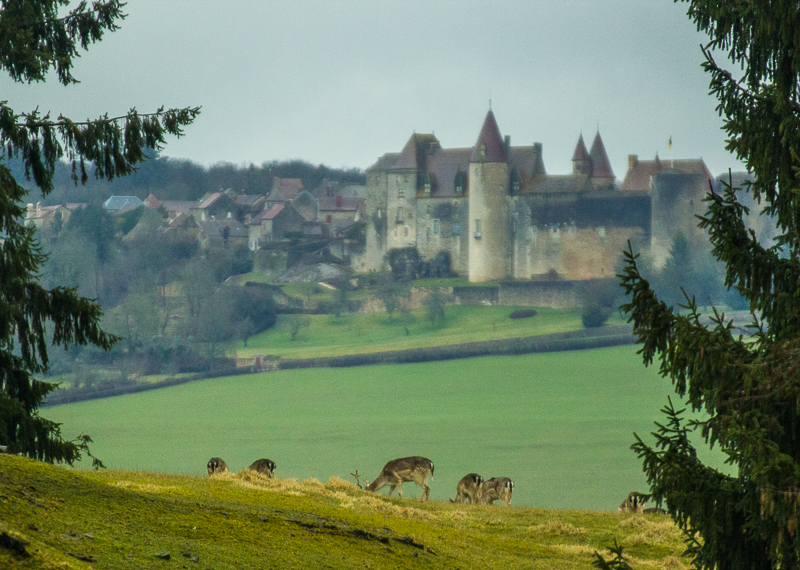
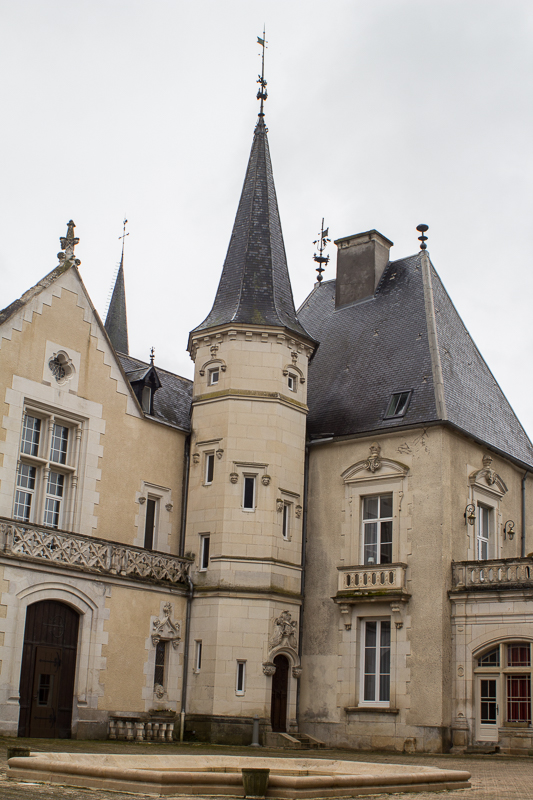
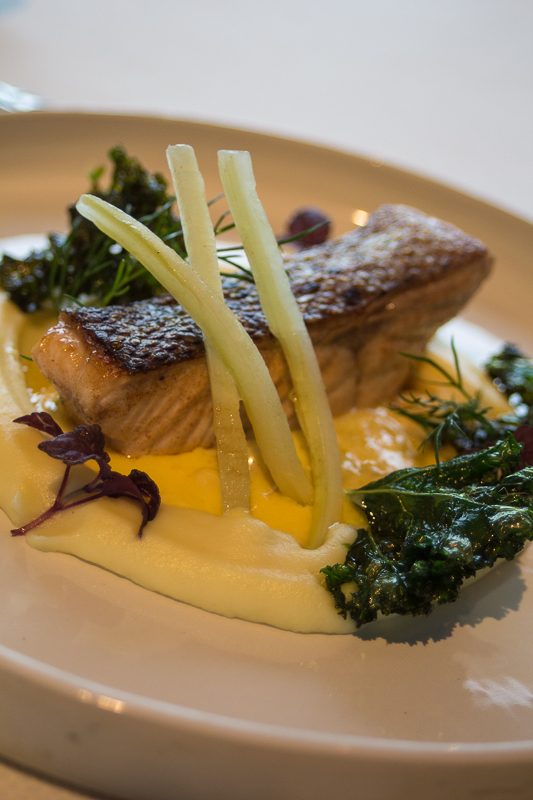
The Castle
The Food
The View
Brittany (Bretagne/Bruh-tah-nuh) got its name from the Romans, Britain. Brittany was not part of France until the 1500’s. Since Roman times Brittany’s history is a long and convoluted mixture of family, marriages, conquers, etc. Normandy was part of Britain but Brittany was an independent region. To this day, the locals consider themselves Bretagne first, as Frenchmen second. Road signs are in Brittany dialect (Brittany words start with a lot of K’s) and French.
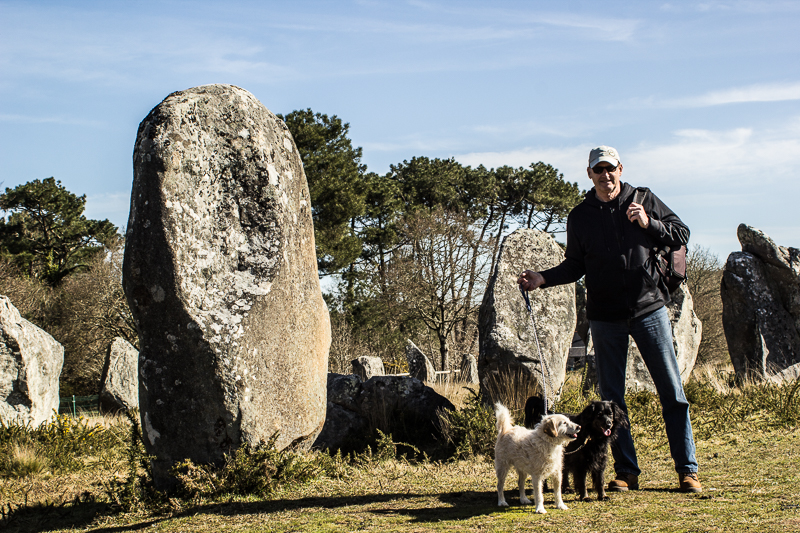
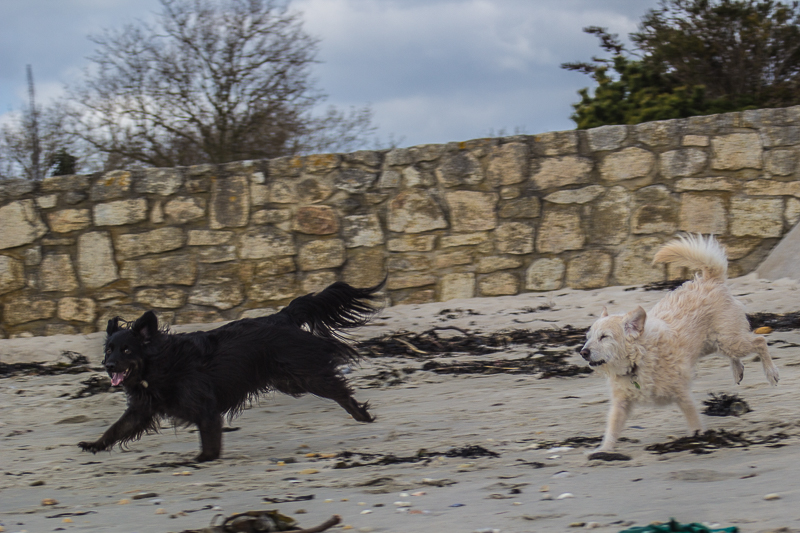
The countryside in NW France is very flat, mainly green farmland supporting wheat (if you’re famous for bread you better grow wheat, HA!). Our Bretagne house sitting assignment was 2 ½ weeks taking care of two dogs (the boys), an unsocial cat & six chickens. Every day we would take ‘The Boys’ down to Le Blavet River for long walks. A few times we took them an hour’s drive to the Atlantic coast.
Along the coast at Carnac, we saw the world’s largest collection of monolithic rocks. There are more than 3,000 standing stones in the area that were erected between 3,500 and 4,000 B.C. Without the invention of the wheel, how did they move stones weighing several tons? And why assemble 3,000 of these stones? The answer? It’s still a mystery.
Letting the dogs run on the beach was fun but our highlight was sitting outside on a sunny day watching sail boats and eating fresh (not cooked) seafood that was so fresh; everything tasted like the ocean. Wowsers!
Along the coast at Carnac, we saw the world’s largest collection of monolithic rocks. There are more than 3,000 standing stones in the area that were erected between 3,500 and 4,000 B.C. Without the invention of the wheel, how did they move stones weighing several tons? And why assemble 3,000 of these stones? The answer? It’s still a mystery.
Letting the dogs run on the beach was fun but our highlight was sitting outside on a sunny day watching sail boats and eating fresh (not cooked) seafood that was so fresh; everything tasted like the ocean. Wowsers!
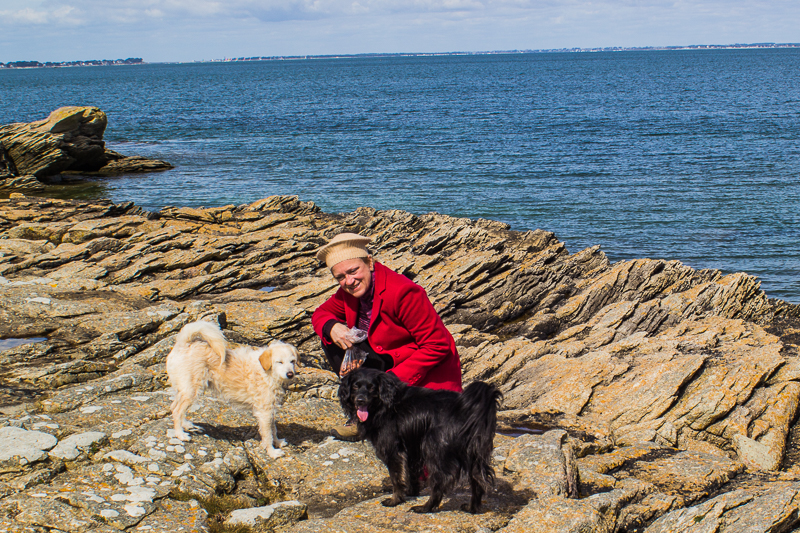
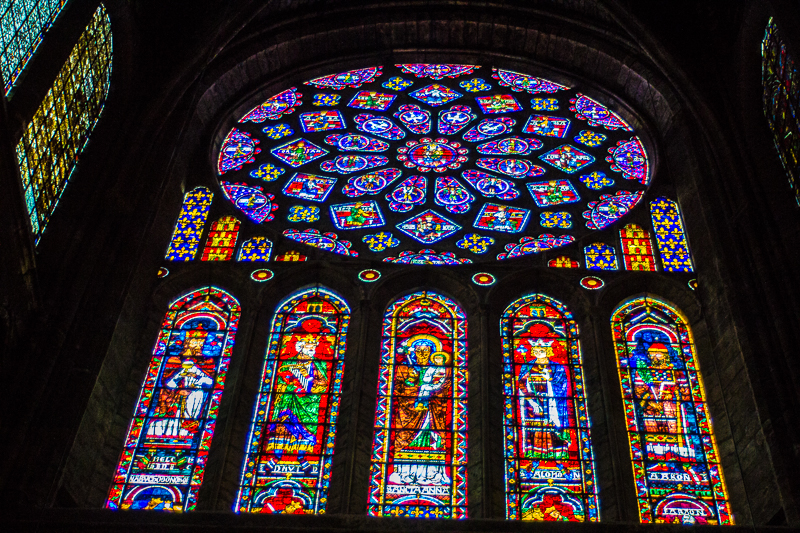
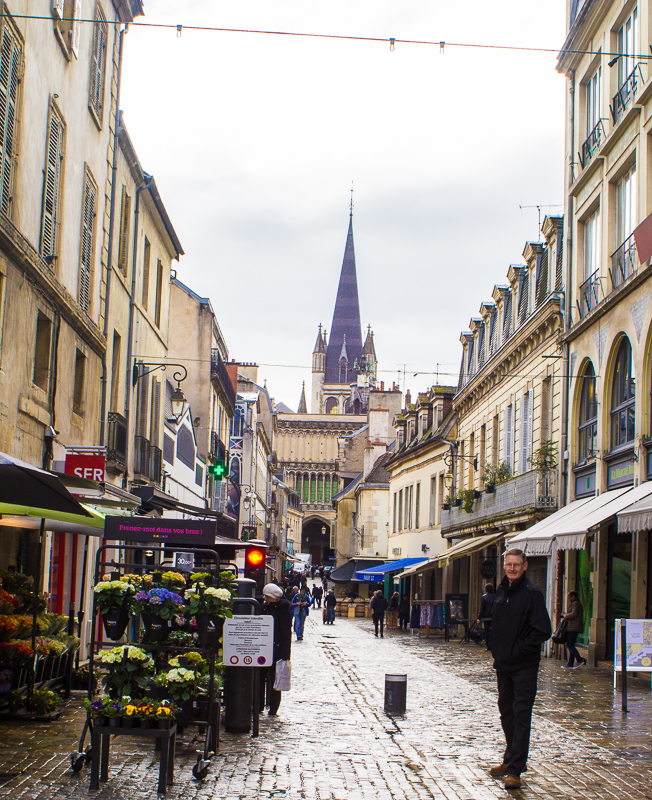
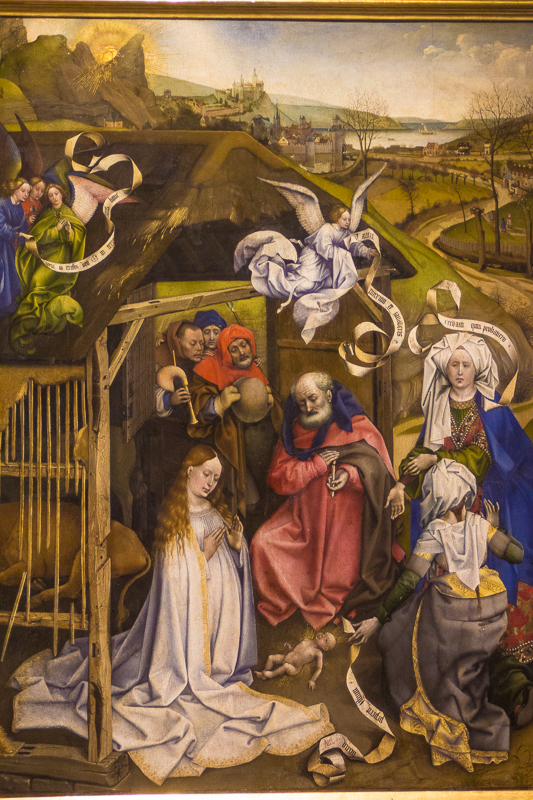
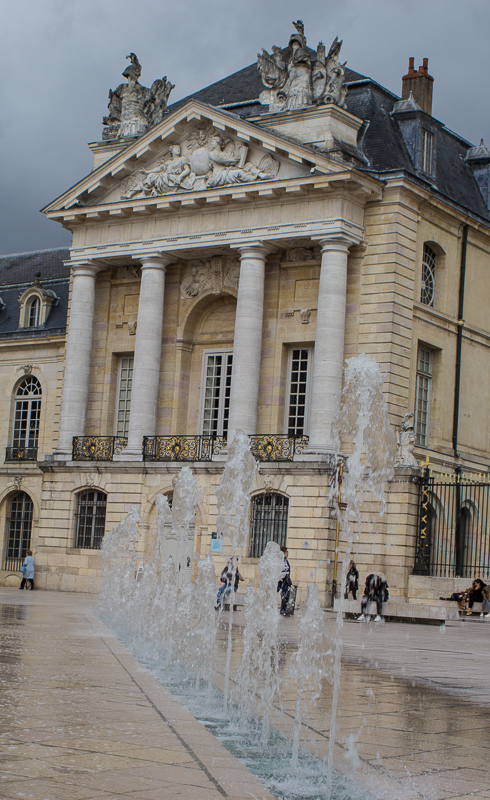
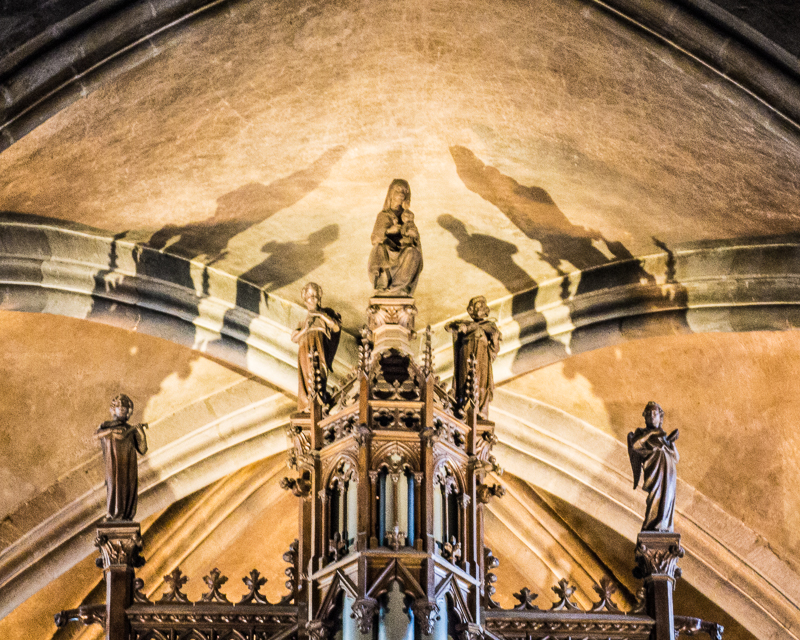
After Brittany we had the undesired pleasure to drive back across France to Dijon (famous for its mustard) to complete our French visas. As Americans we can travel in Europe for only 90 days within 180 days without a visa. For more than three months you are required to obtain a visa, which is a process. It’s France! We first had to present a stack of documents in person to the Houston French Consulate that included financial statements, proof of health insurance, proof of a French residence, photos and $200 each. In Dijon we had to provide proof of a French residence (we can be creative), a chest X-ray (for TB detection), there was a physical examination by a French government doctor and we paid €250 (US$310) each for a stamp. The physical exam: Feel OK? Taking any medicine? Next! Voilà, one year visas! Besides us Americans the other people applying for visas were Syrians and people from African nations.
You can’t travel Europe and not see cathedrals. There are so many and most date to around 1000 AD! One highlight was the Cathedral of our Lady of Chartres, or Notre Dame d’Chartres, famous for its 1,000 year old stained glass windows that survived two major fires + World Wars I and II (they removed the glass during both wars). It’s really incomprehensible glass windows could survive 100 years, much less 1,000 years.
You can’t travel Europe and not see cathedrals. There are so many and most date to around 1000 AD! One highlight was the Cathedral of our Lady of Chartres, or Notre Dame d’Chartres, famous for its 1,000 year old stained glass windows that survived two major fires + World Wars I and II (they removed the glass during both wars). It’s really incomprehensible glass windows could survive 100 years, much less 1,000 years.
Notre Dame d’Chartres
Dijon
Dijon
Dijon
Dijon
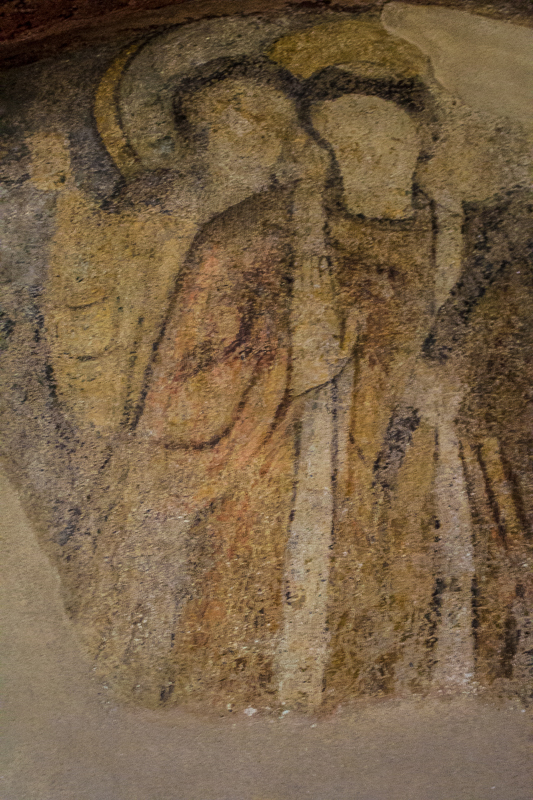
On the drive south to Spain we also stopped in to visit St. Michael D’Ariguilhe, built in 969 on a small volcano to celebrate the return of St. James’ pilgrimages. At the time, a high elevation signified closer to heaven and the cathedral is still in use.
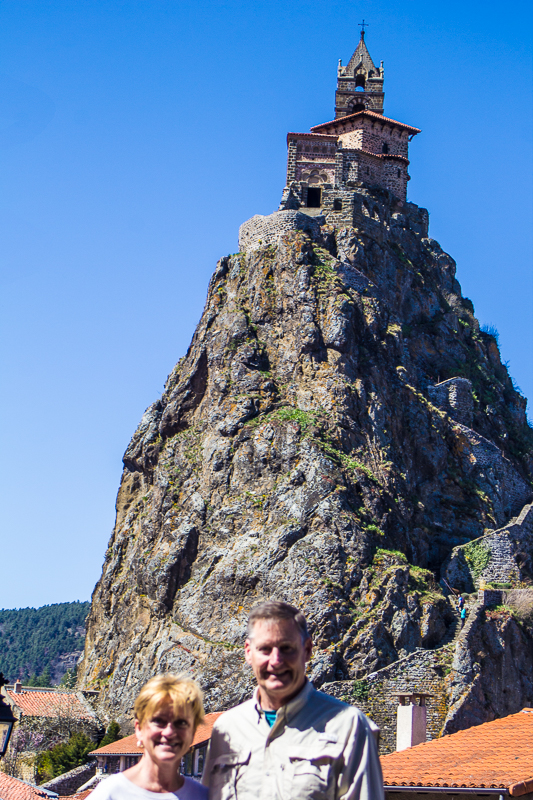
Our final French tourist stop was in Nimes (NEEM). Nimes was a significant Roman city that has the world’s best preserved Roman Arena (arena is Latin for ‘sand’). Built in 79 AD it could seat 24,000. An audio guide provided an excellent explanation of the different types of games: bears chained to lions, wolf packs, etc. The audio also explained the different classes of gladiators and their different fighting armature and methods. One thing learned: very few gladiators were killed since the host of the games had to pay retribution to the dead gladiators’ owner. The arena is well preserved because it had many uses throughout the years. Also, the Romans built it so well that thieves could not carry away the stones for other uses. Nimes is a beautiful city (how many times can I use ‘beautiful’?) and should not to be missed.
Nimes
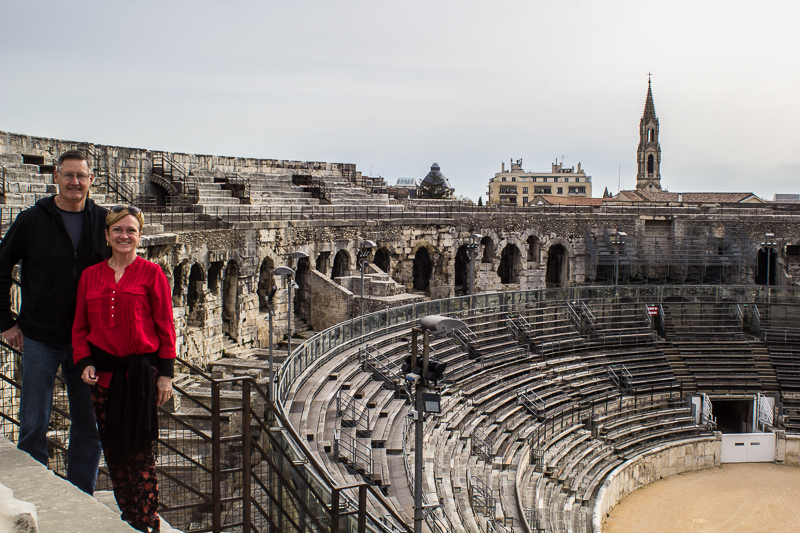
Nimes
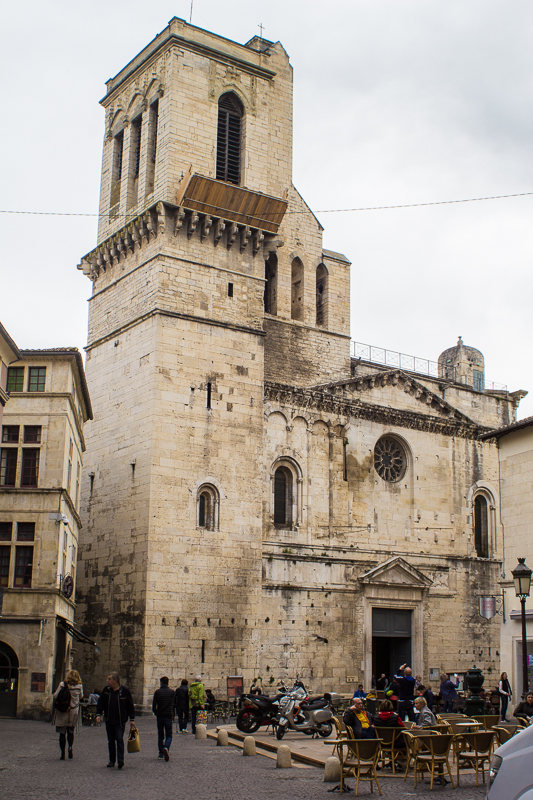
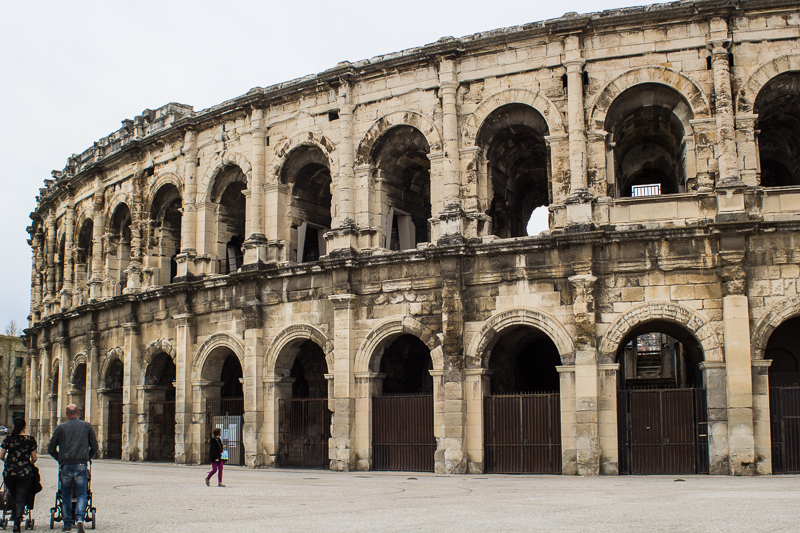
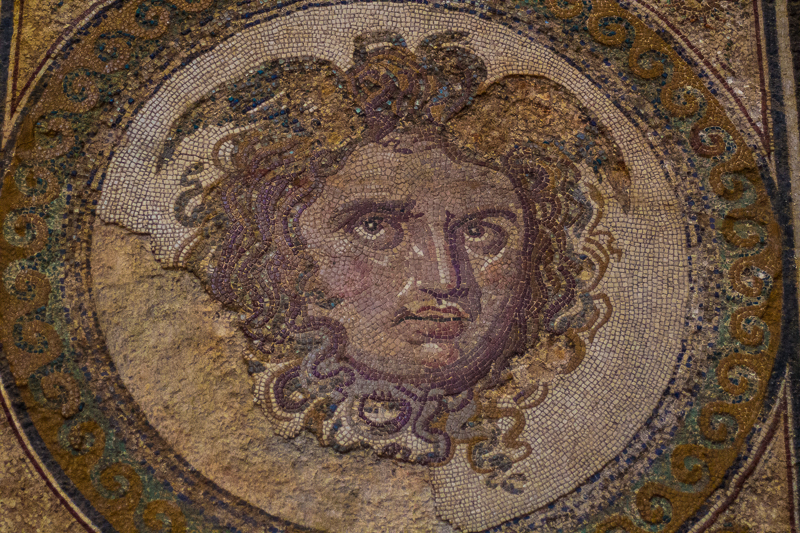
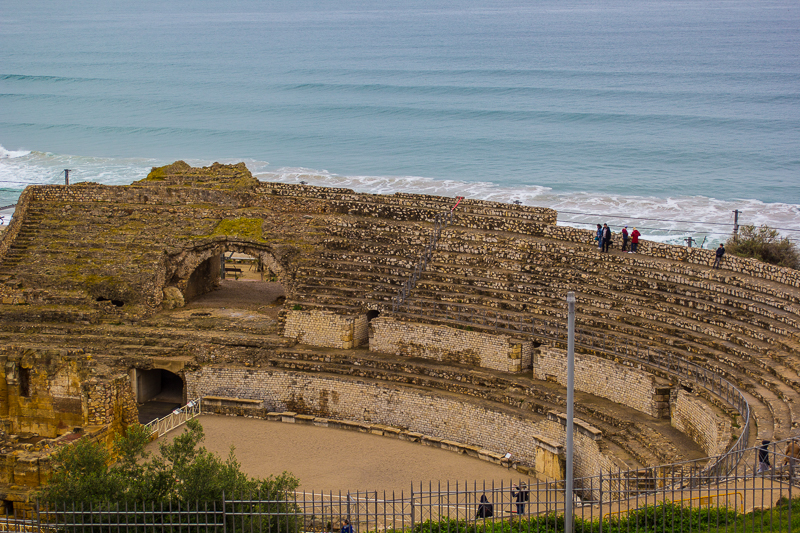
Nimes
Nimes
That was it for France and there was no need to even slow down crossing the Spanish border. The first night in Spain was Tarragona, another famous Roman city that was probably founded by Phoenicians in the 5th Century BC. The Romans later fortified the city and it became an arsenal against the Carthaginians. There’s an interesting archeological museum, a Roman amphitheater next to the ocean and the Ferreres Aqueduct built by Romans around 0 AD. The aqueduct has 2 levels of arches, 36 total, and the arches are exactly the same dimensions. How did they accomplish that feat? The aqueduct transported river water 10 miles to Tarragona to supplement rainwater collection. Photo at top of page.
Our trip has been more than cathedrals, house sitting and ancient architecture. In Spain we have enjoyed sunny, blue skies, 70°F dry weather, gorgeous beaches and very modestly priced food and wine. Passing through Valencia we couldn’t resist stopping in the birthplace of paella to partake on the beach. This being Spain, of course another food highlight has been tapas partaken along sunny Mediterranean beaches, white wine included or bloody marys on request. ¡Que hermosa!
We are not the only expats to enjoy Spain. Our current neighborhood, Arboleas, is all expats mainly from UK, Belgium and Netherlands. We were grocery shopping this week during the Spanish lunch hour (about 2:00-4:30 pm) and the very large and modern grocery store was packed with foreigners. I think the only Spaniards were the workers!
Sunny, warm, clear skies are a big draw anywhere in the world: from Winter Texans to Brits avoiding cold winters in Spain. This year Europe has been especially cold and wet. This week (mid-April) three feet of snow fell in the Spanish Pyrenees Mountains (northern Spain). Here in southern Spain we have fresh snowcapped mountains in the distant mountain range.
Our trip has been more than cathedrals, house sitting and ancient architecture. In Spain we have enjoyed sunny, blue skies, 70°F dry weather, gorgeous beaches and very modestly priced food and wine. Passing through Valencia we couldn’t resist stopping in the birthplace of paella to partake on the beach. This being Spain, of course another food highlight has been tapas partaken along sunny Mediterranean beaches, white wine included or bloody marys on request. ¡Que hermosa!
We are not the only expats to enjoy Spain. Our current neighborhood, Arboleas, is all expats mainly from UK, Belgium and Netherlands. We were grocery shopping this week during the Spanish lunch hour (about 2:00-4:30 pm) and the very large and modern grocery store was packed with foreigners. I think the only Spaniards were the workers!
Sunny, warm, clear skies are a big draw anywhere in the world: from Winter Texans to Brits avoiding cold winters in Spain. This year Europe has been especially cold and wet. This week (mid-April) three feet of snow fell in the Spanish Pyrenees Mountains (northern Spain). Here in southern Spain we have fresh snowcapped mountains in the distant mountain range.
Tarragona
Tarragona
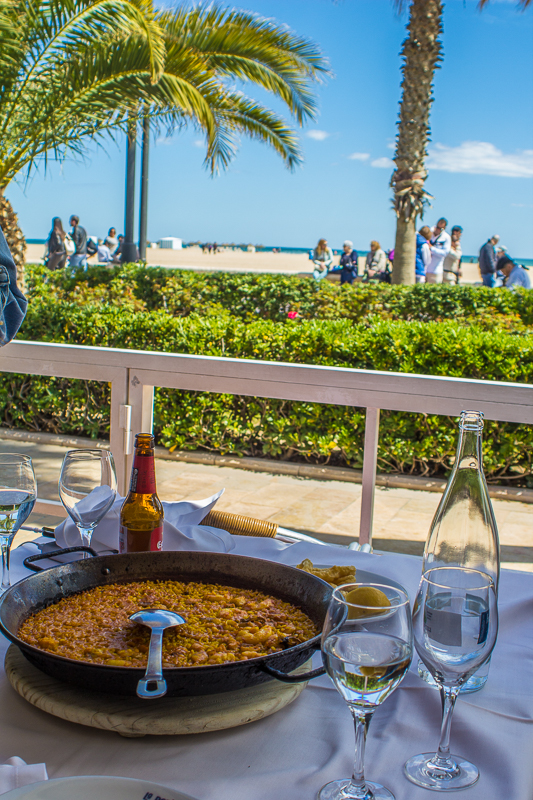
Valencia
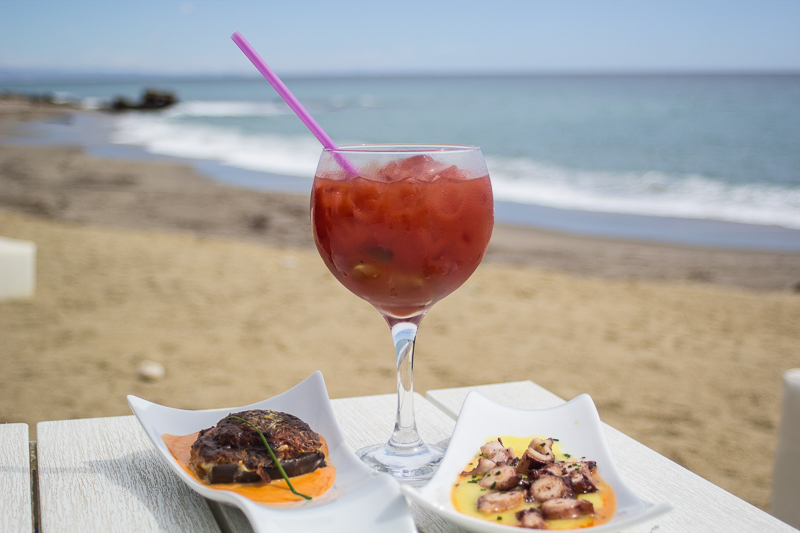
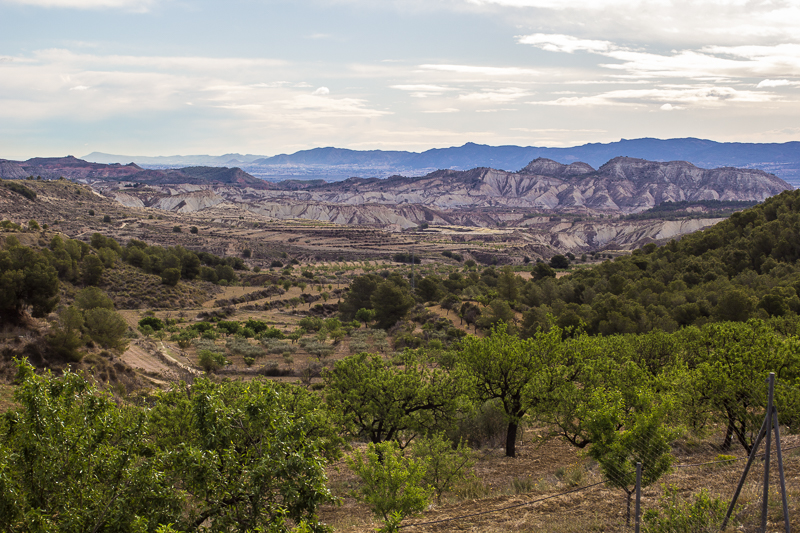
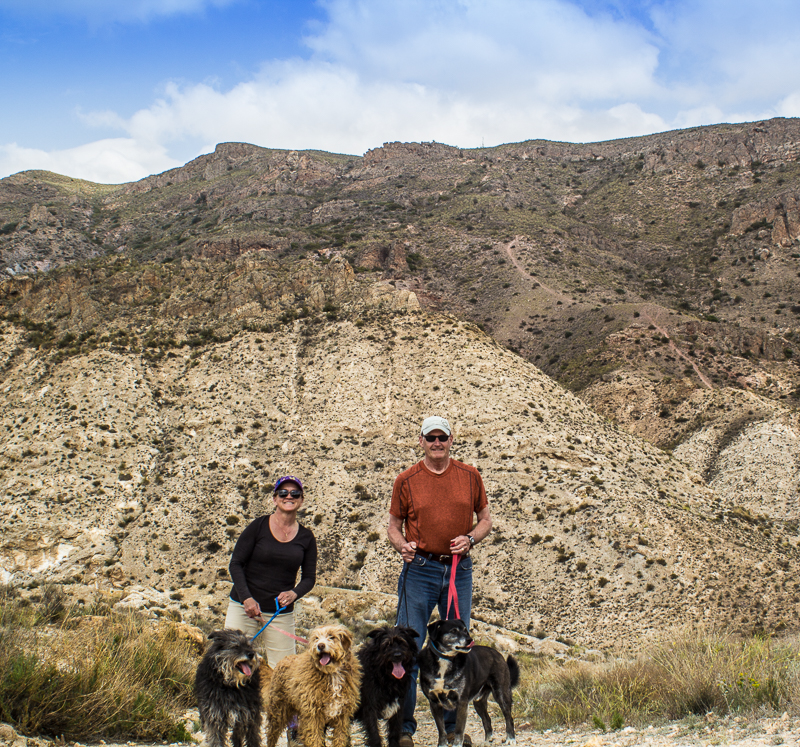
A few random thoughts to conclude this blog segment:
Men in France do not wear baseball style caps. In winter they wear wool hats.
French women dress up, even for a parade. It’s rare to see a woman wearing trainers (tennis shoes).
Arabic can always be heard when shopping in France.
While walking on a rural OK Panhandle road, people will stop & offer assistance, “Y’all broke down?”
While walking on a rural French road, drivers never acknowledge your existence.
But, you can walk into a French office and they act like your best friend with a very enthusiastic “Bonjour!”
Soon after arriving to Spain we stopped at a convenience store and I heard everyone chatting is Spanish. I smiled and turned to JD, “It sounds like McAllen, thank God for no more foreign language!”
Frenchmen in general are polite and subdued. Spanish men in general are loud.
Men in France do not wear baseball style caps. In winter they wear wool hats.
French women dress up, even for a parade. It’s rare to see a woman wearing trainers (tennis shoes).
Arabic can always be heard when shopping in France.
While walking on a rural OK Panhandle road, people will stop & offer assistance, “Y’all broke down?”
While walking on a rural French road, drivers never acknowledge your existence.
But, you can walk into a French office and they act like your best friend with a very enthusiastic “Bonjour!”
Soon after arriving to Spain we stopped at a convenience store and I heard everyone chatting is Spanish. I smiled and turned to JD, “It sounds like McAllen, thank God for no more foreign language!”
Frenchmen in general are polite and subdued. Spanish men in general are loud.
We are looking forward to our next stop, The Alhambra, in Grenada. That will be our furthest south, we then make our way north…. Toledo/Madrid/Segovia/San Sabastian… and then return to Brittany, France for May.
In the next four months we are hosting several friends and family so that should be a lot of fun!
Regards to everyone,
Brian and JoDon
In the next four months we are hosting several friends and family so that should be a lot of fun!
Regards to everyone,
Brian and JoDon






